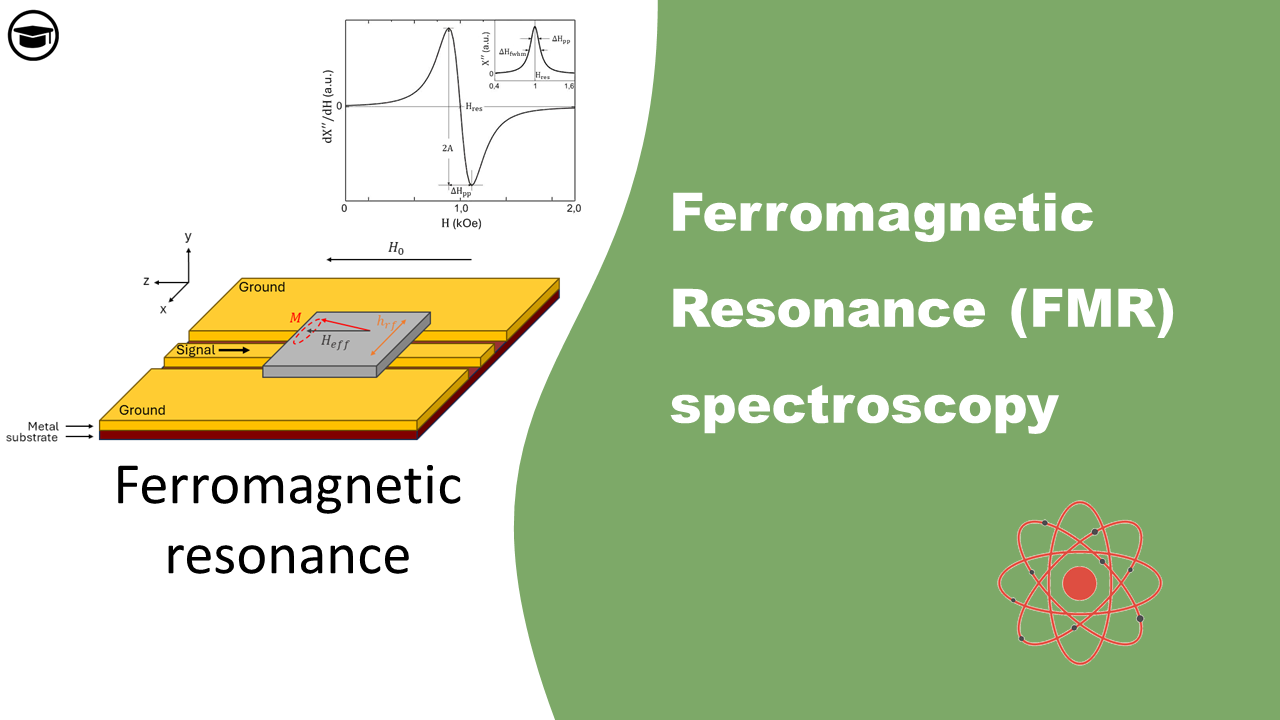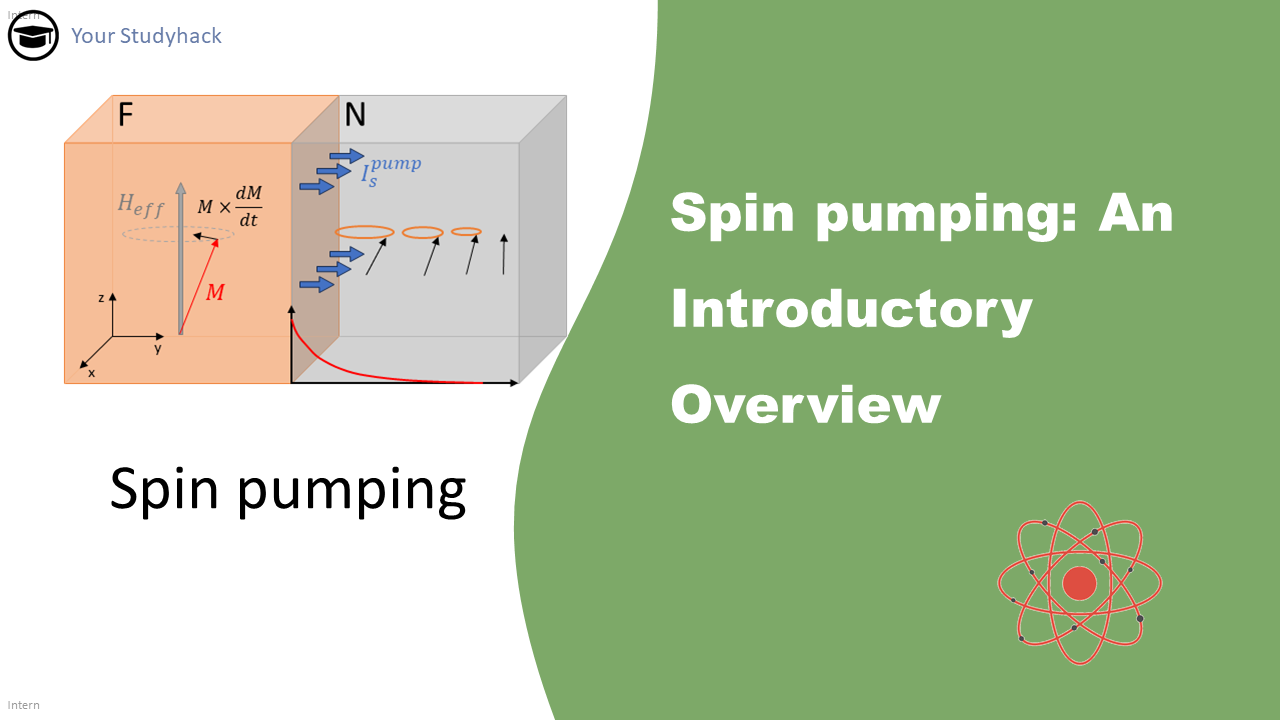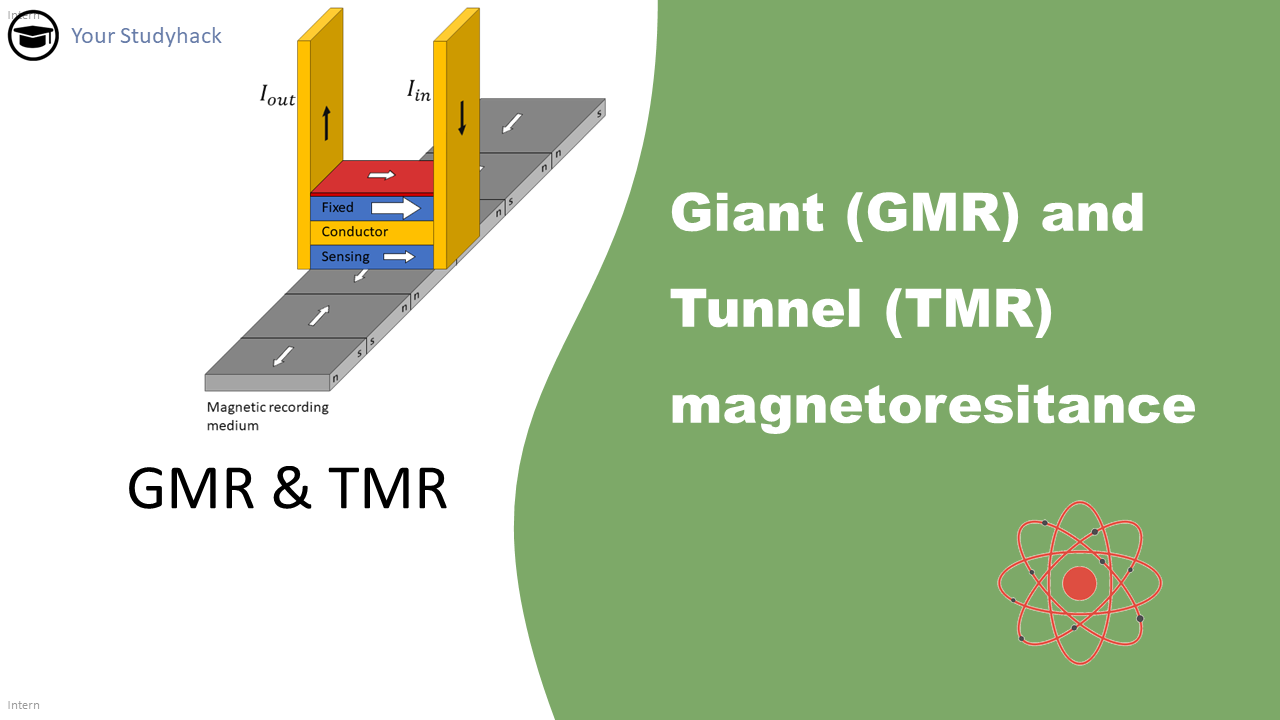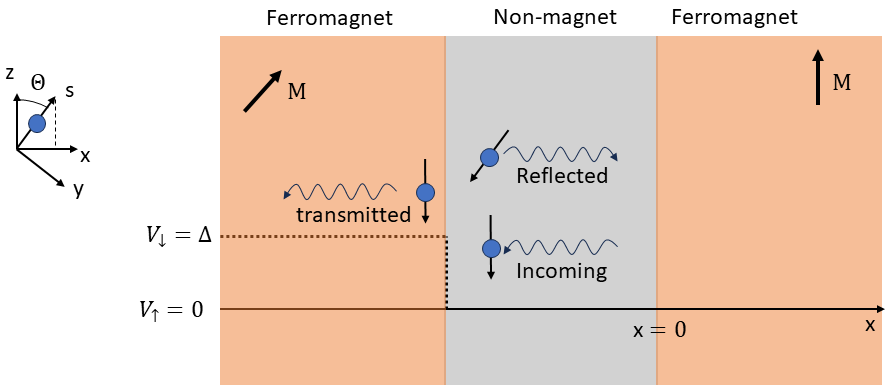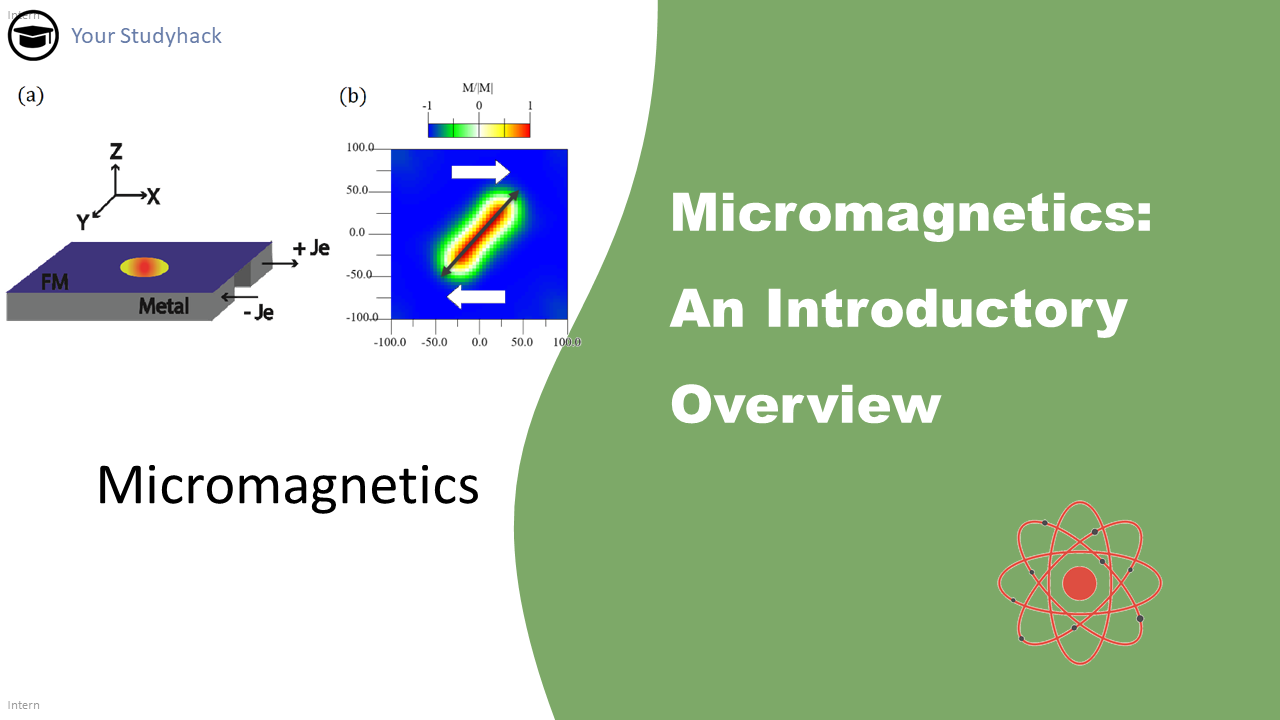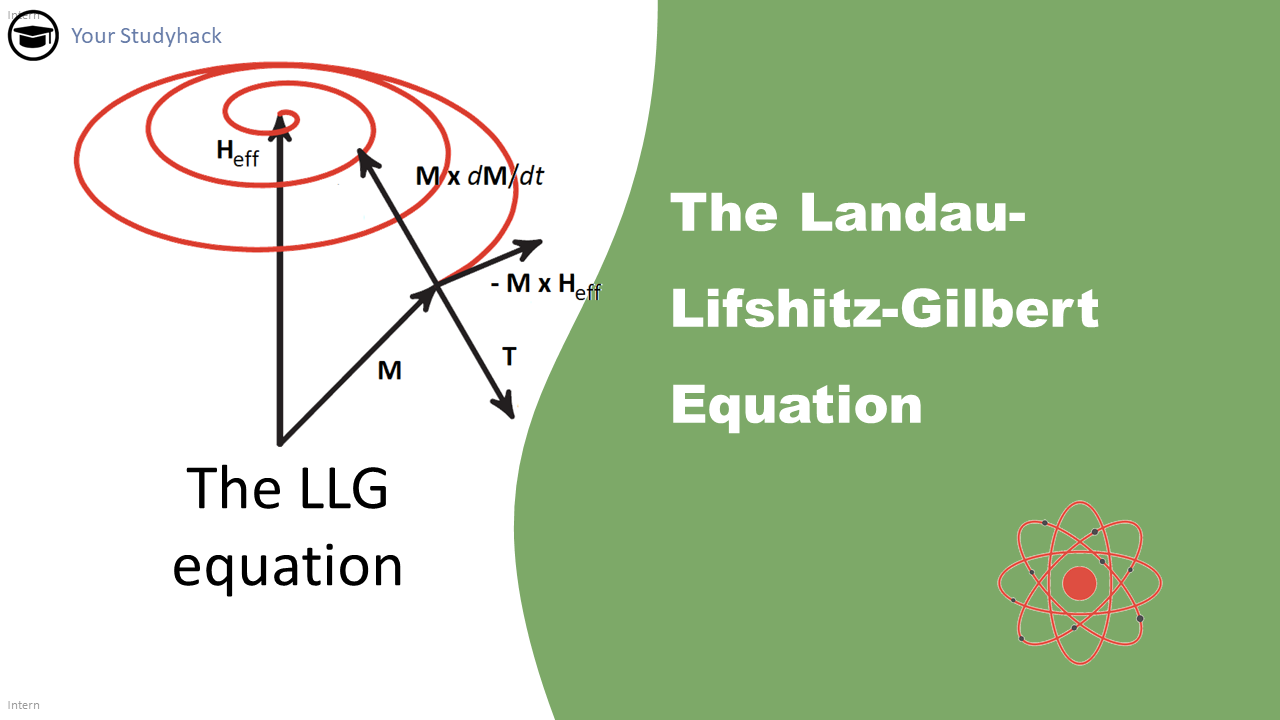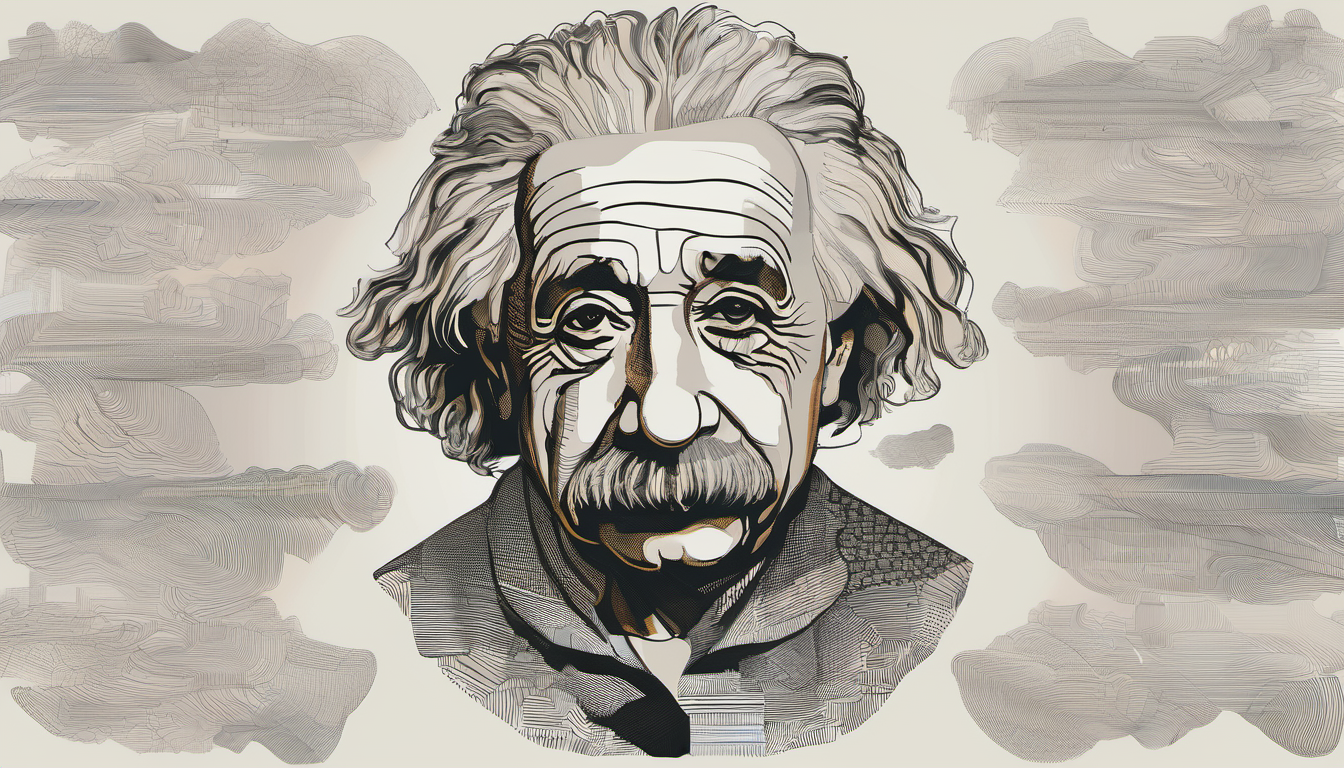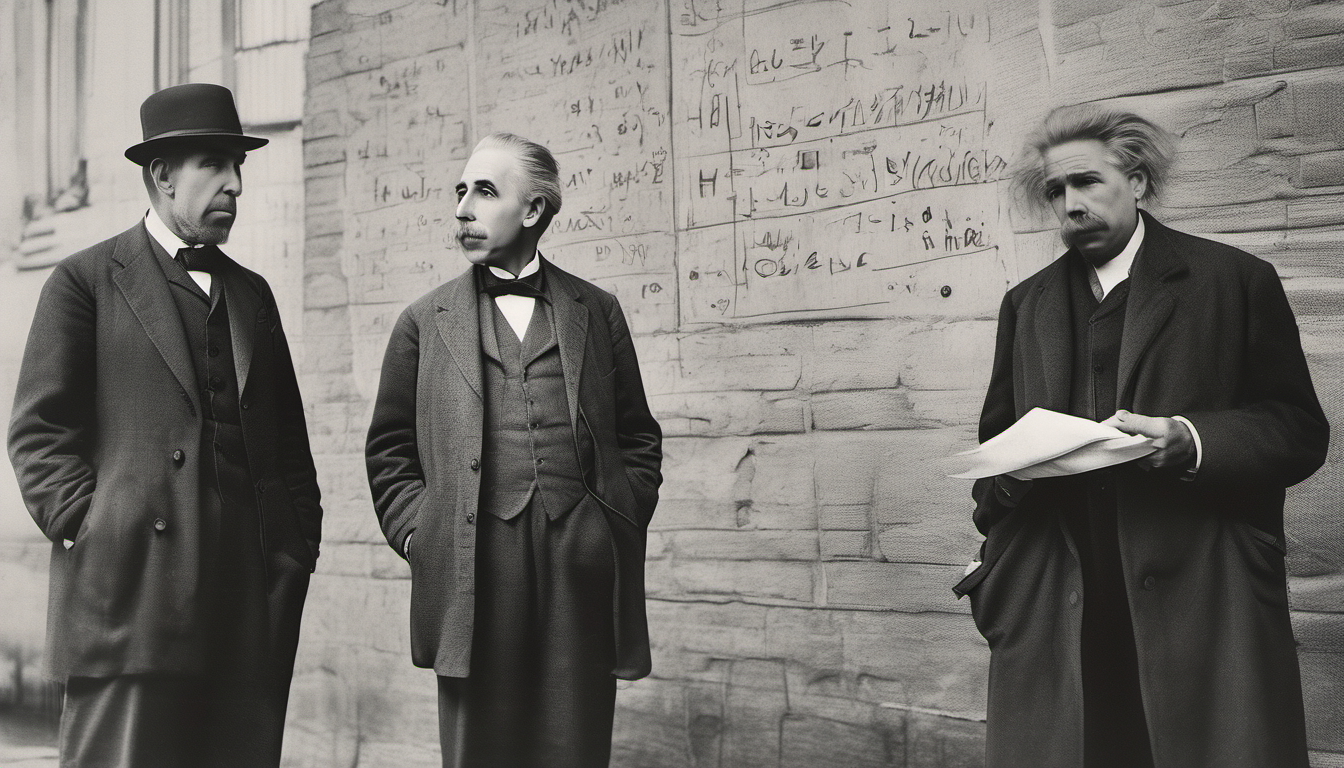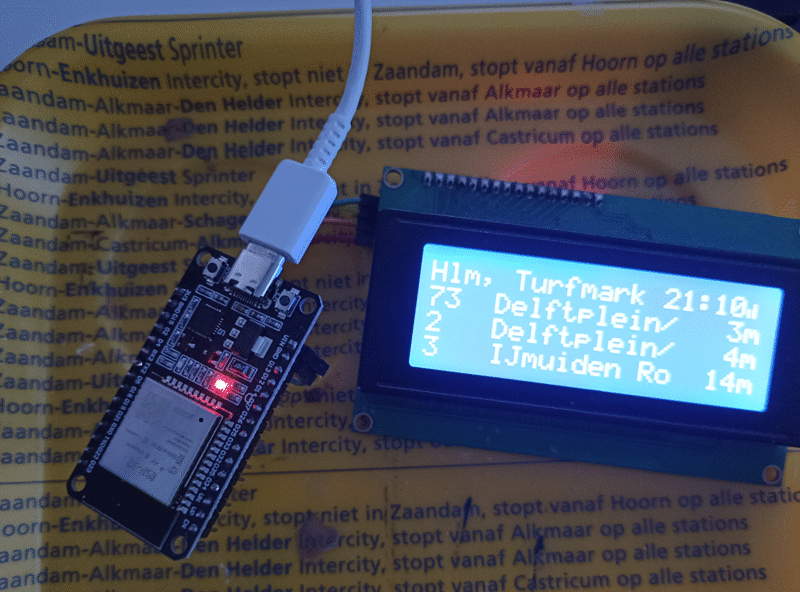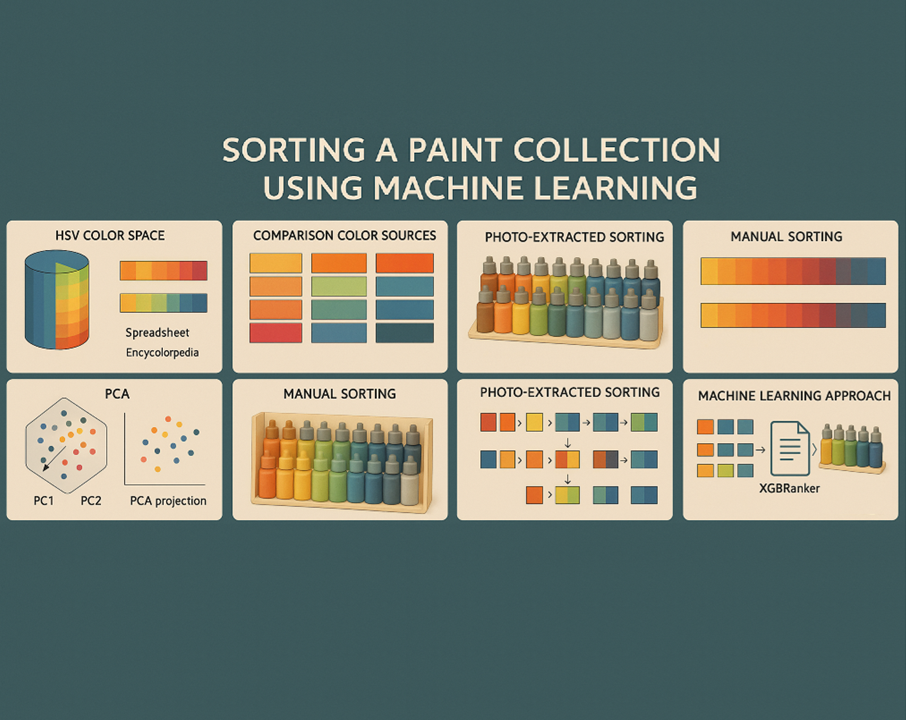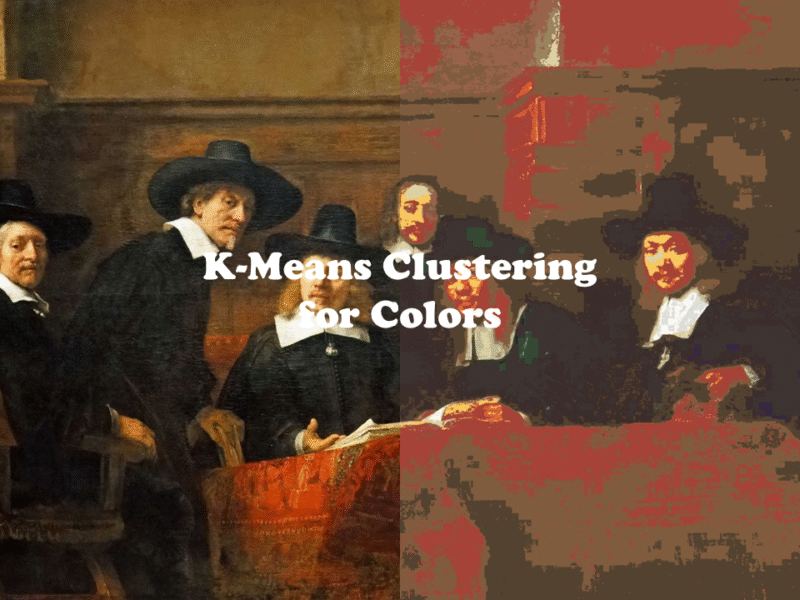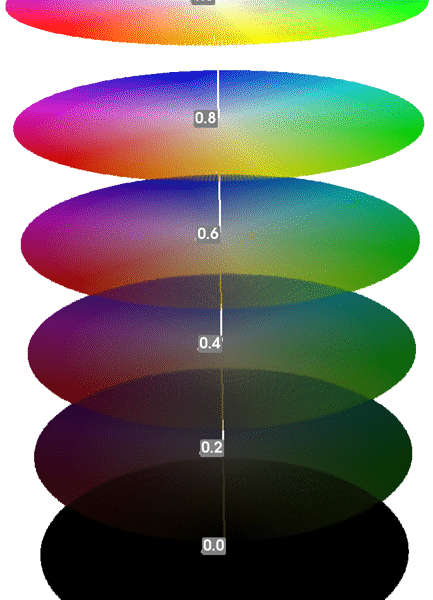The Bohr atom model
The Bohr model revolutionized our understanding of the atom. It proposed electrons exist in fixed energy levels, challenging classical physics. This explained the hydrogen spectrum and laid the foundation for quantum mechanics.
Ferromagnetic Resonance (FMR) spectroscopy
Ferromagnetic resonance (FMR) is a powerful tool for investigating magnetism in materials. By applying a microwave field and measuring its absorption, FMR reveals details like a material's magnetization and damping. This excerpt explores the theory behind FMR, including the Kittel formula that describes the resonance condition. We'll also delve into ...
Spin pumping: An Introductory Overview
With STT, we have seen that a current can move magnetization, but the reciprocal effect is also possible, namely the generation of a spin current by magnetization motion. This phenomenon is called spin pumping and it is essential for developing spintronic devices, which utilize the spin of electrons rather than ...
Tunneling effect at semiconductor/oxide interfaces
Electron tunneling is a phenomenon commonly observed at semiconductor/insulator or metal/insulator interfaces, particularly when the insulating layer is thin, typically a few nanometers thick. To grasp its intricacies, let's simplify the scenario.
Giant (GMR) and Tunnel (TMR) magnetoresistance
Giant magnetoresistance (and later Tunnel magnetoresistance) is one of the biggest discoveries in thin-film magnetism. Within 10 years after its discovery, it was already used in commercial devices, such as hard disk drive read heads, changing the world. Just like other magnetoresistive effects, GMR is about the change in resistivity ...
Spin-Transfer Torque: An Introductory Overview
Next to the charge, electrons also posses spins. In normal electronic circuits it is of (hardly) no use, as they are orientated randomly in non-ferromagnetic materials. However, when we integrate ferromagnetic components into these devices, the itinerant electrons can become partially spin polarized, with their spins taking on a more ...
Micromagnetics – An Introductory Overview
Micromagnetics is a field in physics that deals with the behaviour of magnetics at a sub-micrometer dimension. This theory is based on the assumption that the length of the magnetization vector is constant, and that the energy varies slowly at the atomic scale. This will break down when approaching the ...
The Landau-Lifshitz-Gilbert equation
To model the motion of the magnetization in the time domain, the Landau-Lifshitz (LL) equation is used. It describes the evolution in time of the magnetization in a solid.
Einstein, Politics and Science
The first world war (WWI) started in august 2014, and the German army proceeded very fast through Belgium. This rapid progression created a problem in the cities that were already captured, as the main army moved on to other locations. Harsh measures were taken to avoid any kind of resistance. ...
History of Physics (1895 – 1945)
Physics has always been an interesting topic, but it was during a span of only 50 years that physics completely changed the world. The movie "Oppenheimer" showed in great detail the history of what happened and how they got to the atomic bomb. But this is only part of the ...



